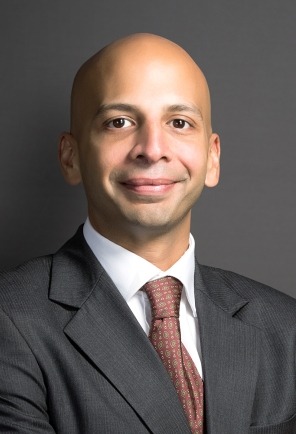The Next Phase of the IBC Must Focus on Efficiency
India has a long chequered history of addressing stressed loans.
We witnessed the days of the debtor-in-possession regime under the Sick Industrial Companies Act, 1985 (“SICA”), to a creditor-led recovery regime under the Recovery of Debts Due to Banks and Financial Institutions Act, 1993 (“RDDBFI”), to the Securitisation and Reconstruction of Financial Assets and Enforcement of Securities Interest Act, 2002 (“SARFAESI”), to the Reserve Bank of India (“RBI”) guided Corporate Debt Restructuring (“CDR”), Sustainable Structuring of Stressed Assets (“S4A”), Strategic Debt Restructuring (“SDR”), and Flexible Structuring of Existing Long Term Project Loans from 2001 to 2015, to—finally—the Insolvency and Bankruptcy Code, 2016 (“IBC”). The IBC was formulated to consolidate and amend existing law into a comprehensive and modern framework for a creditor-in-control resolution process. After a decade of rapid economic growth financed by bank credit and resultant growth in stressed advances, it was an ideal time for a fresh approach with the IBC. The Indian Government acted with great alacrity to conceive and implement the IBC. Since then the regulators, judiciary, professionals, lenders and investors have played their part to build an ecosystem that supports successful corporate insolvency resolutions.
These efforts by all stakeholders over the last four years have resulted in the resolution of large cases (such as Essar Steel, Bhushan Steel, Binani Cement, Electrosteels Steel and Monnet Ispat, to name a few) and has also settled many contentious legal and commercial issues through jurisprudence. The IBC has been successful in a relatively short period in terms of recoveries for financial creditors, averaging 43–50 percent in FY2017–19 as compared with other recovery channels including SARFAESI, Debt Recovery Tribunal and Lok Adalats (14–32 percent in FY2017–19). However, the journey has led to a stretching of timelines beyond the envisaged period of 180 plus 90 days. The timelines and the outcome of litigation remain unpredictable, thereby keeping potential investors in abeyance. The current suspension of IBC due to the pandemic has provided stakeholders with a pause and the ability to reflect on the way forward.
Today, the IBC regime is at an inflection point. This paper highlights the perspectives of several stakeholders, analyzes the challenges that led to the delays in the resolution process and provides recommendations to improve the efficiency of the system. I must thank all the stakeholders who shared their valuable insights in a candid manner. We endeavor to address these critical issues to improve economic outcomes, timelines and India’s competitiveness for insolvency resolution on a global scale.
 |  |


